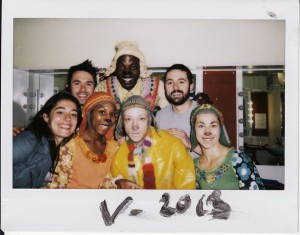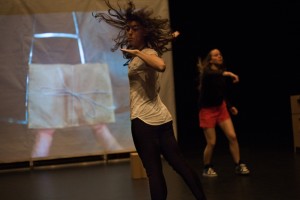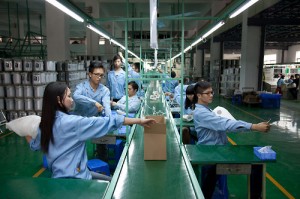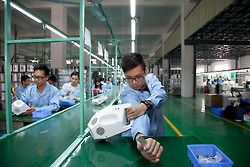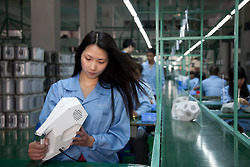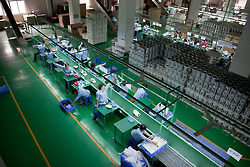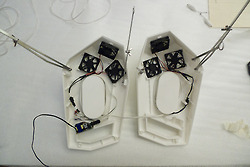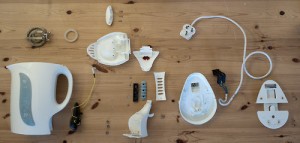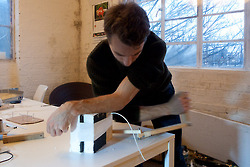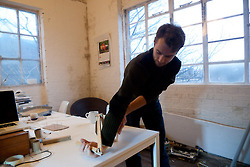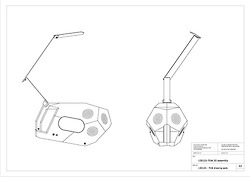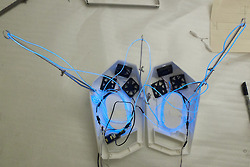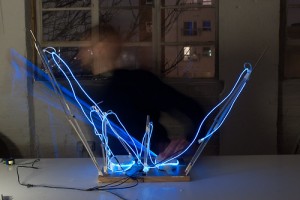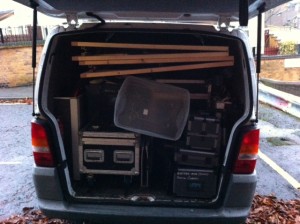I’m writing this blog from the back of the Boing! touring van as we wind our way through wales on our way to perform at Aberysthwyth Arts Centre. Now in its 4th year of touring this early-years show about two brothers trying to overcome the excitement of Christmas eve to get to sleep and allow Santa to pay them a visit feels almost as much a part of my annual ritual as the turkey and the xmas pudding. However, Looking back over the past year it feels as if the variety of things ive been up to over the 10 months since my Boing! blog from 2012 has been the most diverse yet.
I started the year with an epic, adventure filled White Caps tour in India (check out the video blogs if you missed them) and an outing to a Dance film festival in Switzerland that left me enlightened as to the final destinations for all the screening copies I’ve been posting out over the last half a decade.
After that I went dark on this blog, embarking on the first major theatrical choreography’s I’ve worked on since White Caps and Boing! The show, Varmints, was a dance theatre work for everyone 8 years old and above. Based on the Beautiful book by Marc Craste and Helen Ward, the show had been in the pipelines at Sadler’s Wells, Stratford Circus and East London Dance for several years. Working with Director Sally Cookson we crafted the show out of the darkness this spring with an inspiring Bristol/London creative team: Adam Peck – Dramaturge, Benji Bower – Music, Guy Hore – Lighting, Holly Waddington – Set Design , Yoav Segal – Animation and dancers Mariana Camiloti, Letitia Simpson, and Femi Oyewole.
“There was once only the sound of bees and the wind in the wiry grass, the low murmuring of moles in the cool dark earth, and the song of birds in the high blue sky.”
So begins the poignant tale of a world which is buried under the relentless march of progress. Every day the city grows larger and the noise grows louder, until there is so much noise that no-one can hear themselves think. This exhilarating new dance-theatre performance explores the struggles of one small creature to preserve a world in danger of being lost forever.
It was an intensive process with lots of challenges and as a result I didn’t find anytime to make any video blogs for you in the midst of it all. So the best I can offer you is a transcript from an interview from Londondance.com and the trailer for the show.
In the mean time I will keep on writing to fill you in with what happened between the end of the Varmints tour in the height of summer and where I find myself now, in the back of the van driving through the welsh valleys…
From London Dance.com
http://londondance.com/articles/interviews/wilkie-branson/
Bboy dance artist and film maker Wilkie Branson is the choreographer for a new children’s dance theatre adaptation of Helen Ward’s book Varmints which opens in the Lilian Baylis Studio, Sadler’s Wells this weekend. In the midst of preparations he found a few minutes to tell us about it…
What was it about Helen Ward’s book Varmints which made you want to adapt it for the stage.. Varmints is a really special book, it’s so rich in the tones, and moods, it evokes with Helen’s poetic text and Marc Craste’s cinematic illustration. When I first saw it I thought this richness and its touching poetic ambiguity of the story would be well served by dance a dance adaptation.
Tell us about the creative team involved… To try and do justice to the epic transformations the book deals with and also the intimacy of the protagonists story we are using a large and diverse creative team. To work with the narrative we have Sally Cookson as director with Adam Peck as dramaturg, both work together often alongside composer Benji Bower. We also have Guy Hoare as lighting designer, Holly Waddington as set and costume designer with Yoav Segal working as projection designer. For a small scale show there are a lot of creatives.
Do you do things differently when you’re making work for children? It can be difficult to lose sight of who your audience is when your making work for children. So its important to keep them involved in the process, during the creation for Varmints we have had several schools coming in to see what we’re doing and give us feedback.
You work in film – and Bboying is the basis of your dance language – how did the move into making work for children come about? The first time I work on a project for younger audiences was when I co-choreographed How cold My Toes for Sally Cookson and Travelling Light. Since then I have worked for Travelling Light, who specialise in work for young audiences, several times.
With your company Champloo you made a small budget show which toured to nine countries – with film screenings in 20 countries. Tell us about White Caps – and was that definitely the last show in York earlier this year? White Caps was an adventure of a project, and some of the stresses we’ve had putting together this show remind me of the ambition we had then. It feels good to be pushing things on the limits of what possible on the resources you have. It all paid off in the end with White Caps, we travelled around the world showing to audiences, which is a massive privilege. But after three years of touring its time to move on from it. I had to keep investing a lot of time into the production to try and keep it going and every time we toured it was a stress to make sure we broke even. In the end we had gone so far and it was time to put it to one side to make way for new things.
You’ve recently become a Sadler’s Wells New Wave Associate – what does that mean for you? Its a great privilege. Being recognised and supported for what you’re doing is so important for the development of new choreographers. I feel like I have a bit of a second home at Sadler’s Wells now, having spent a lot of time there both performing and taking part in the Summer University, the opportunity to make Varmints is a big part of them investing in and helping me develop.


